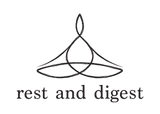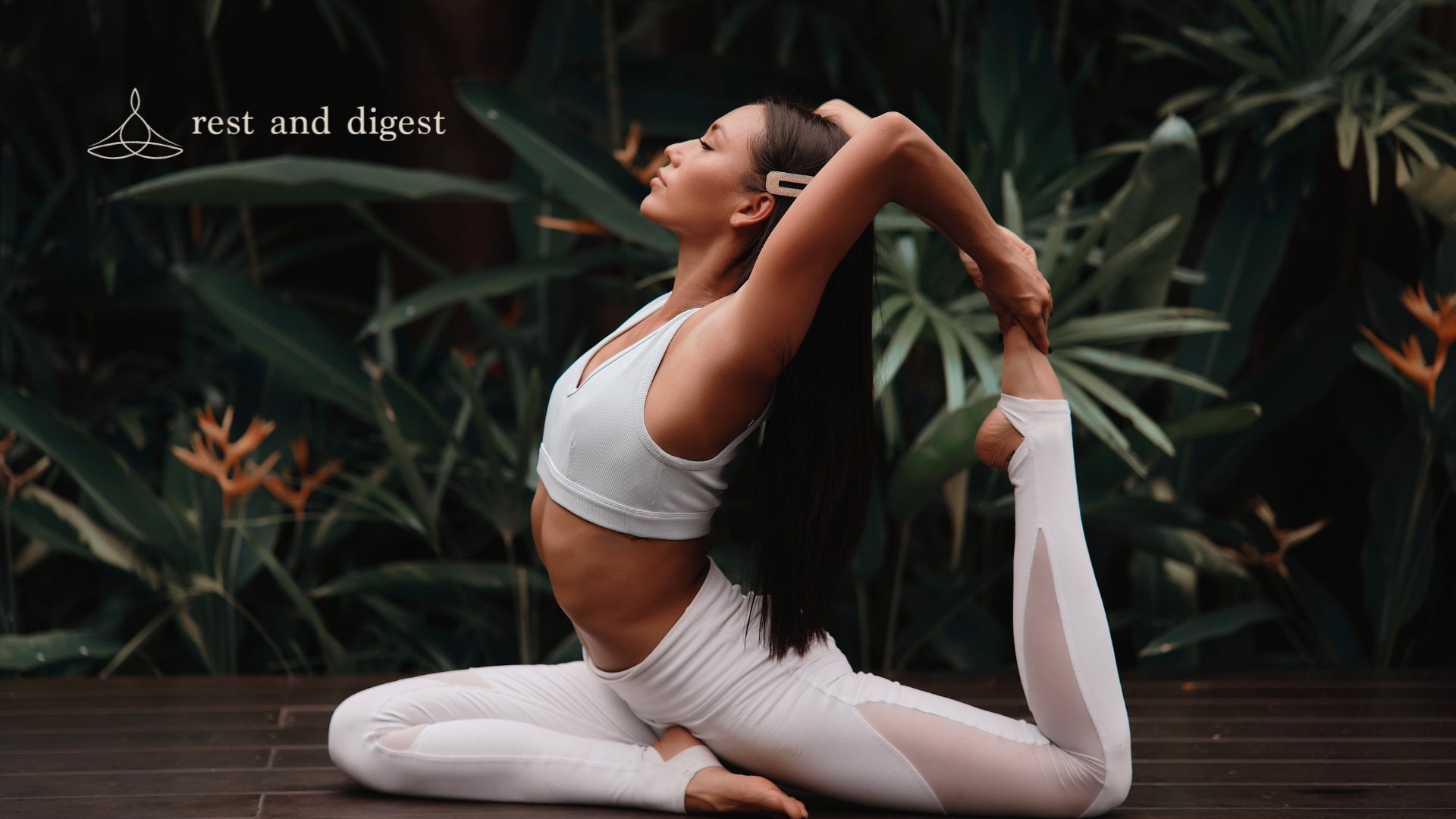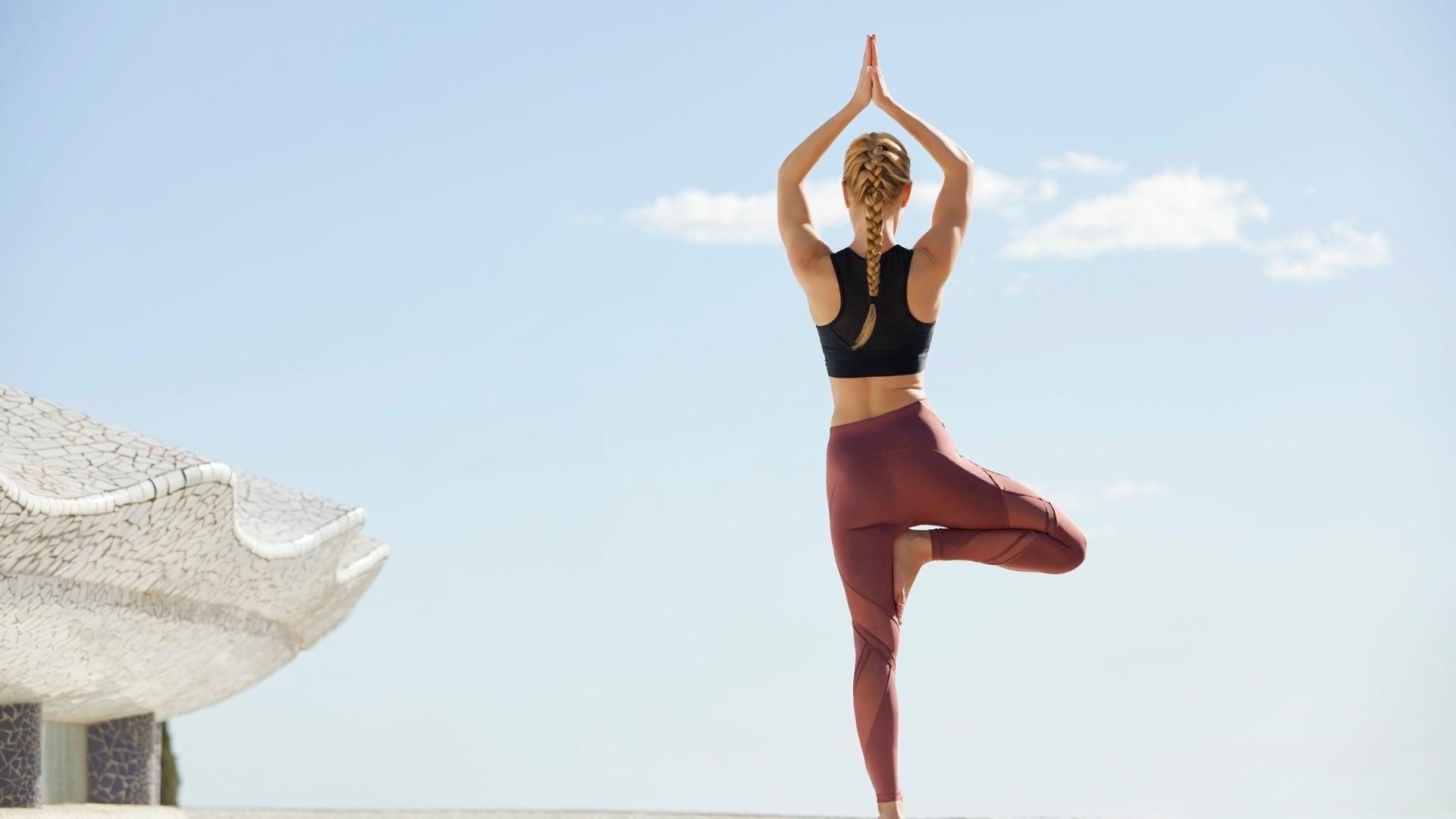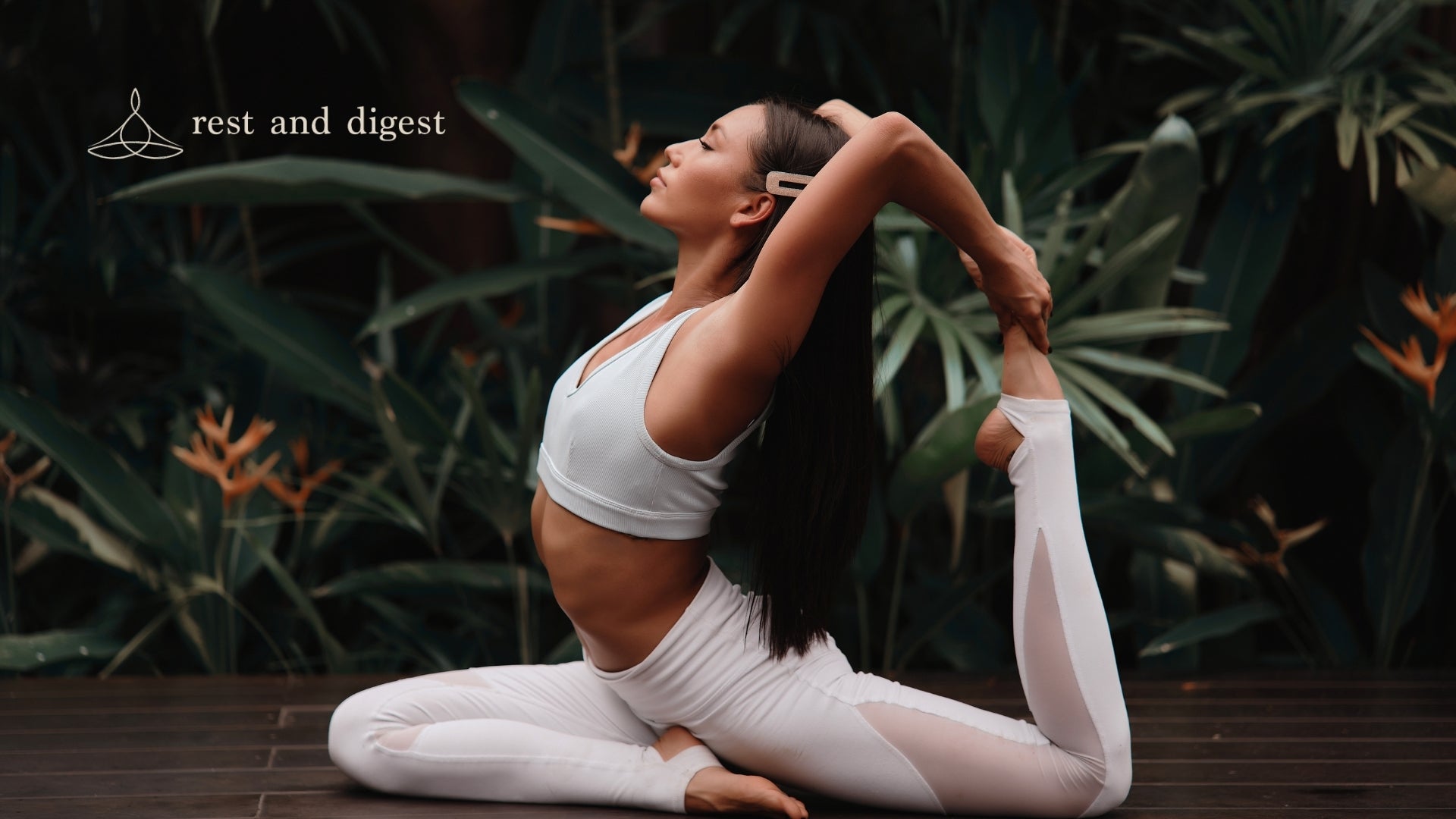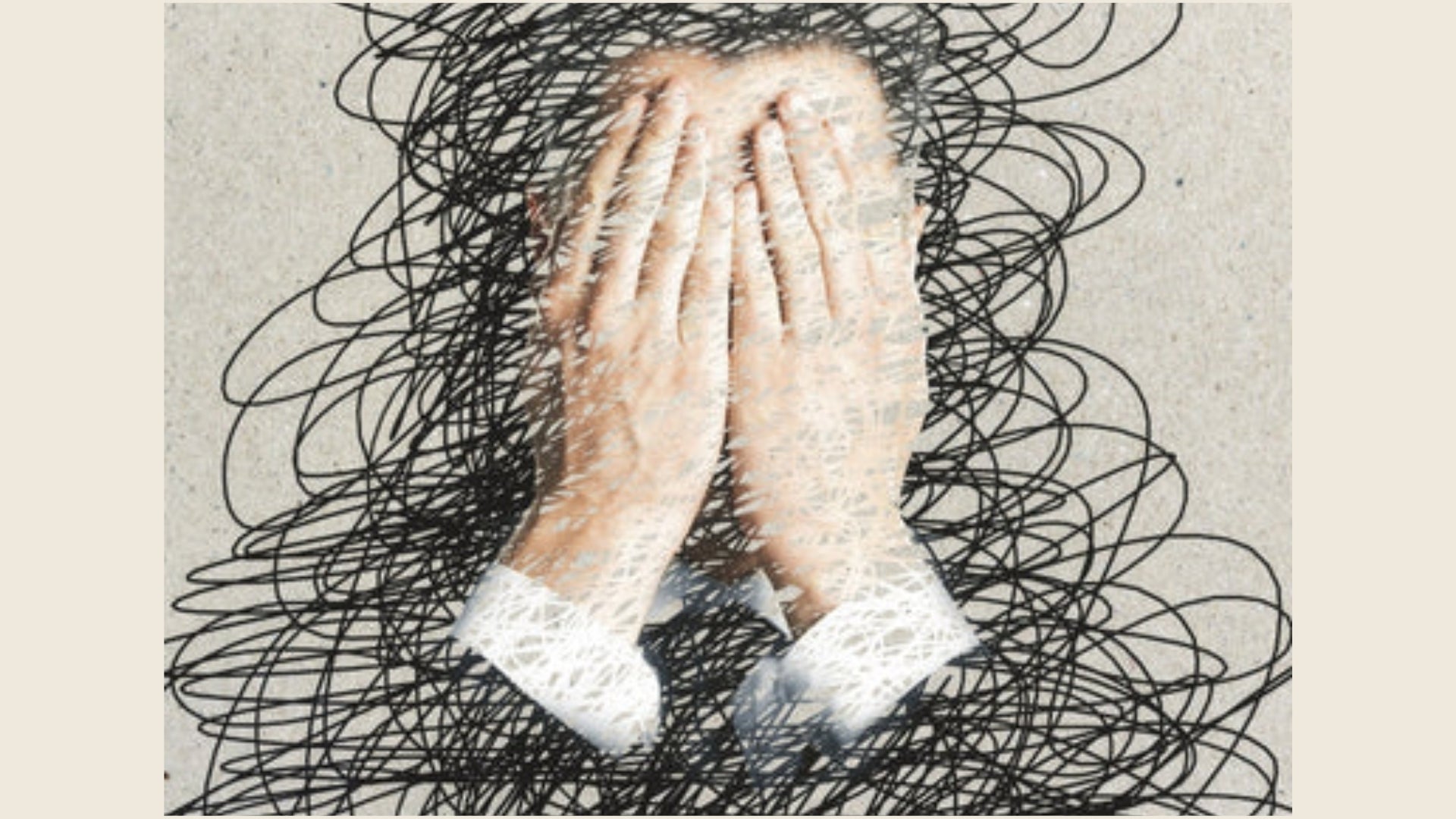
Yoga for Stress Relief
In the fast-paced modern world, stress is affecting people of all ages. Stress can be overwhelming when you consider job targets, domestic duties, or social expectations. Luckily, amidst the chaos, there is a profound remedy steeped in ancient knowledge; yoga. Yoga offers a holistic approach to stress relief, addressing not only the symptoms but also the underlying causes of stress.
In this article, we will examine the transformative benefits of yoga for stress relief and suggest some practical tips for self care on how one can cultivate calmness in his/her daily life.
What is Stress?
Stress in its variant forms pervades every aspect of our lives. It’s a physical response by our bodies towards perceived threats or demands, causing a range of physiological and psychological changes. The deadlines at work are looming; there is financial trouble, trouble with loved ones, an information overload, all taking a toll on us both mentally and physically. Recognizing common sources of anxiety and understanding how to handle it properly is vital for maintaining general well-being.
What Can Yoga Do to Help with Stress Relief?
Yoga for stress relief works in many ways; it treats the root causes of stress and at the same time encourages relaxation and inner calmness. Physiologically, yoga aids in regulating the nervous system by decreasing cortisol levels - a hormone released when stressed - inducing the relaxation response. Psychologically, yoga promotes mindfulness and self-awareness that enables people to handle stress with dignity.
Yoga Practices for Stress Relief
Within the realm of yoga, there are numerous practices that target stress reduction, encourage relaxation, and nurture inner peace. Listed below are different types of techniques in yoga for stress relief aimed at creating a state of calmness and well-being.
Gentle Yoga Poses for Stress Relief and Relaxation
Child’s Pose (Balasana)
A restful pose, Balasana or Child’s Pose gently stretches the back, hips, and thighs while helping to relax. To do this posture, kneel on the floor with your big toes touching together and knees apart. Sit back on your heels, then fold forward extending your arms in front of you or resting them alongside your body. Place your forehead on the mat and take breaths, releasing your body’s tension with every exhalation.
Forward Fold (Uttanasana)
Uttanasana is a soothing pose that quiets the mind while stretching the entire back body including the spine, hamstrings, and calves. To practice this pose, stand with feet hip-width apart; hinge forward from hips, bending your knees slightly as needed. Allow your upper body to hang heavy towards the floor or place hands on blocks or shins if it feels right for you. Relax your neck muscles whilst inhaling deeply sinking into each breath as you surrender to the pose.
Pose with Legs Up the Wall (Viparita Karani)
Legs-Up-The-Wall Pose is a restorative inversion that eases fatigue, opens up circulation, and soothes the nervous system. To perform Viparita Karani, sit sideways with your hips touching a wall. As you lay on your back, make an L-shape with your body by extending your legs up the wall. Shut your eyes, put your arms at your sides, and concentrate on taking deep breaths. For five to fifteen minutes, hold this stance and let gravity gradually release any tension in your lower back and legs.
Breathing Techniques (Pranayama) for Calmness
Diaphragmatic Breathing (Dirga Pranayama)
Dirga Pranayama, also known as Three-Part Breath is a relaxation technique that reduces stress. Sit or lie down comfortably, placing one hand on your belly and the other on your chest. Inhale deeply through your nose, filling up your abdomen with your breaths, expanding your ribcage, and finally filling up your lungs. Exhale slowly through your nose until there is no more air left in the lungs. Do this over and over again for several minutes focusing on breath sensation.
Alternate Nostril Breathing (Nadi Shodhana)
Nadi Shodhana balances the mind channels. To practice, sit erect keeping the spine aligned properly. Close the right nostril using the thumb while inhaling from the left nostril. Use the right finger to close the left nostril to free the right nostril for full breathing out of all air in it. Now breathe in via the right nostril and shut it then release the left one and carry out a complete exhalation. Maintaining slow, steady breaths, repeat this alternate pattern more times.
Cooling Breath (Shitali Pranayama)
Cooling breath aims at calming and relaxing the body and mind. Keep your back straight and sit comfortably. Then close your eyes. Press your lips together or curl your tongue into a “U” shape. Feel the chill as you take a deep breath through your pursed lips or curled tongue. Breathe out slowly using your nose. Repeat this numerous times while feeling at ease.
Mindfulness Meditation for Stress Relief
Body Scan Meditation
Body scan meditation as the name suggests involves systematically scanning various parts of your body for sensation, tension, and discomfort. To start with, lay down in a comfortable position, close your eyes, and focus on awareness of each part of the body starting from the toes up to the head. Inhale into tense spots releasing the tightness as you proceed up to a point when you relax.
Loving Kindness Meditation
Also known as Metta Bhavana, loving-kindness meditation is designed to cultivate love and compassion. Find a relaxed sitting position with your eyes closed and focus on someone you have genuine feelings for. Repeat the phrases, “May you be happy, may you be healthy, may you be safe.” Begin by extending these wishes to yourself and others which make your circle of compassion grow.
Observing Thoughts Meditation
Observing Thoughts Meditation is a mindfulness practice where thoughts are observed without judgment. Sit comfortably in an upright position; close your eyes and pay attention to the breathing process. As thoughts show up, notice them as clouds, move across the sky watching their contents, emotions, or feelings without being trapped inside their storylines.
Creating a Personalized Yoga Practice
The practice of yoga calls for consistency and self-awareness. It is recommended that you schedule regular sessions and embed mindfulness in everyday activities. With consistent practice, you can tell how each pose affects the body. Setting realistic goals is also important, as it will help you to stay motivated throughout your journey of practicing yoga for stress relief. Whether at home or in a studio, developing a nurturing environment with props and soothing additions will enhance the effectiveness of the practice.
Additional Tips for Stress Management
While practicing yoga, you should also be aware of other ways to manage stress holistically such as maintaining a well-balanced diet, getting enough good sleep, and spending time with nature. Time management skills and setting boundaries with people are also helpful to avoid constant stress. Despite these efforts, some people may still feel overwhelmed. If you are experiencing prolonged stress, you should seek the help of a professional as they can help you with personalized assistance to overcome your mental exhaustion.
Final Thoughts
In sum, yoga takes a comprehensive approach that tackles both physical and emotional aspects. From gentle poses and breathing exercises that induce relaxation to mindfulness meditation that boosts inner peace, you can try out multiple techniques to suit your needs and preferences. By incorporating yoga into daily routines along with holistic practices, people can effectively manage stress and regain peace in the face of life’s never-ending problems.

